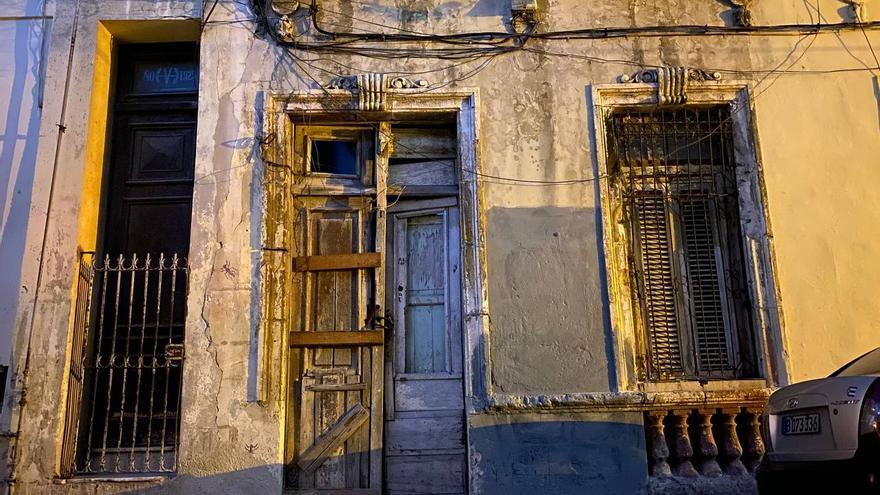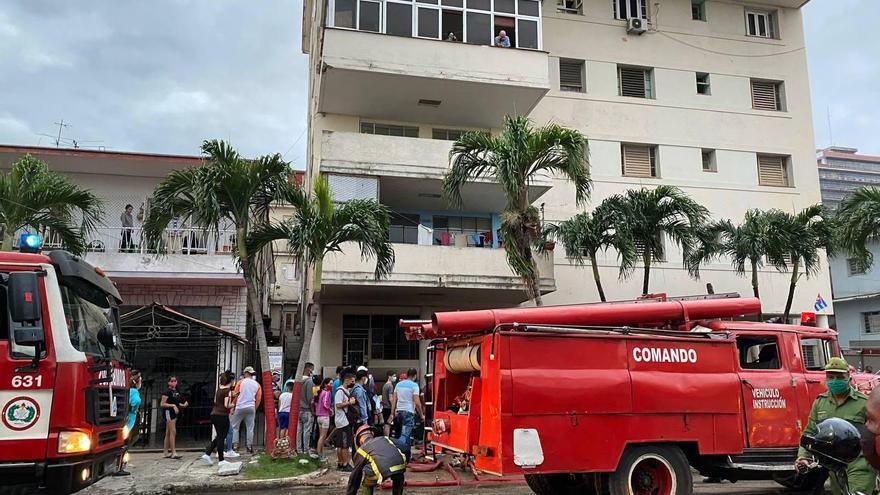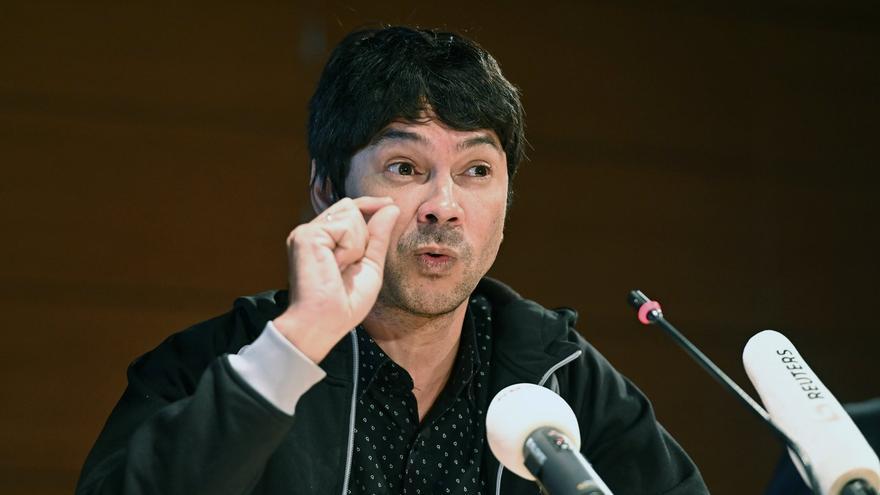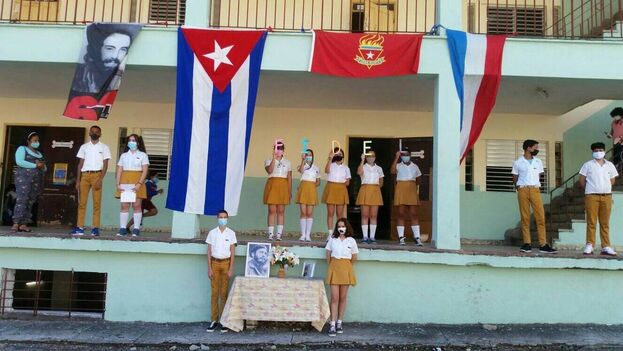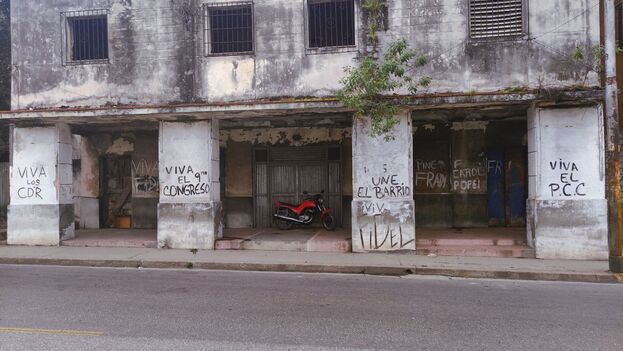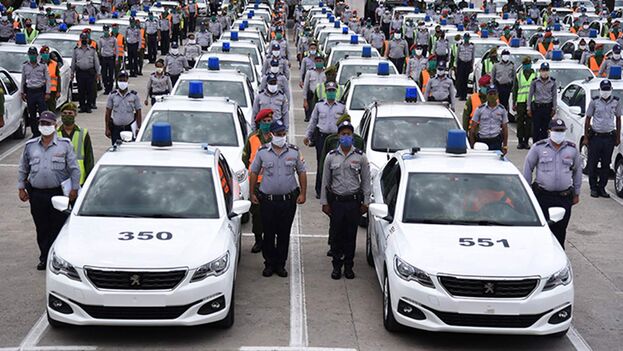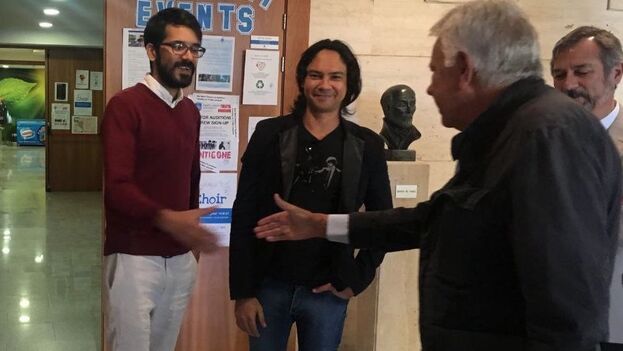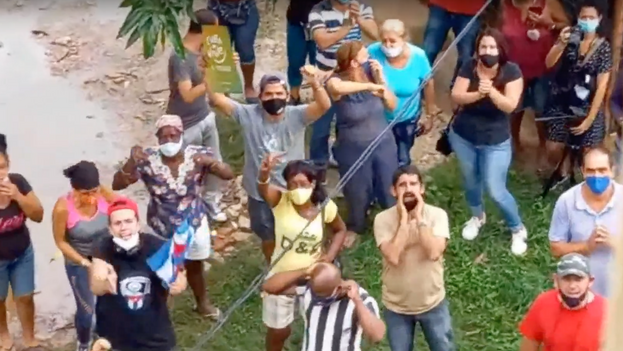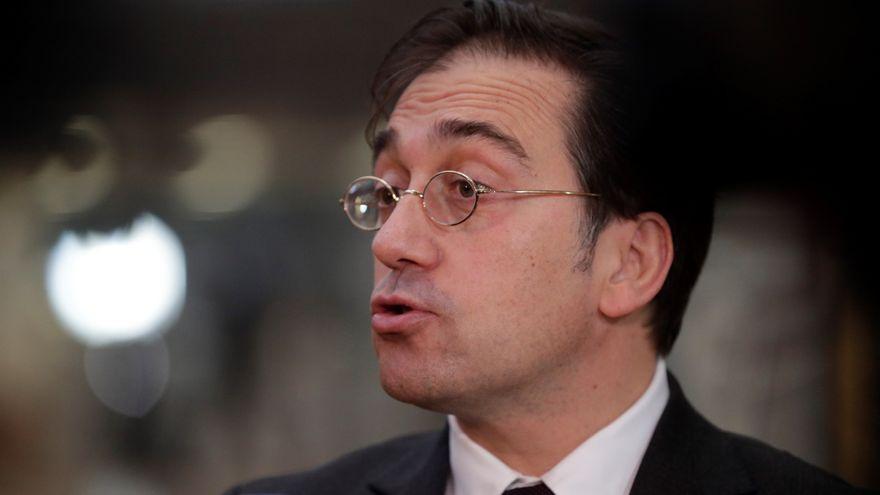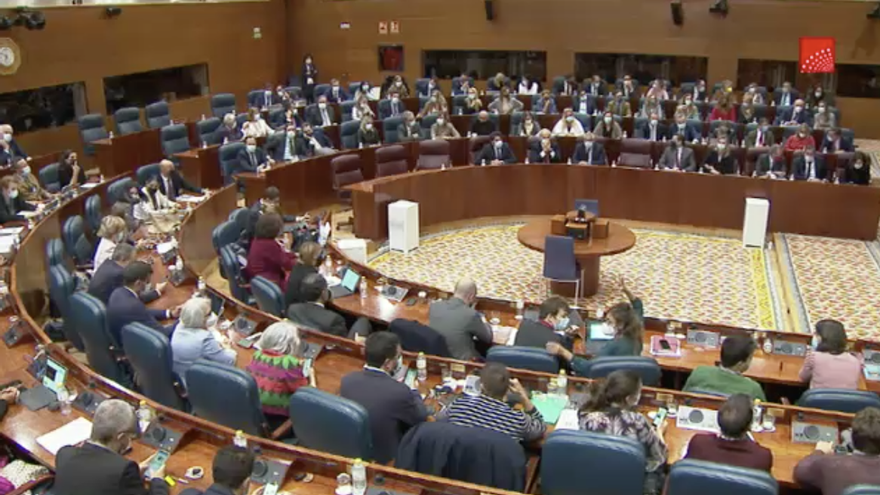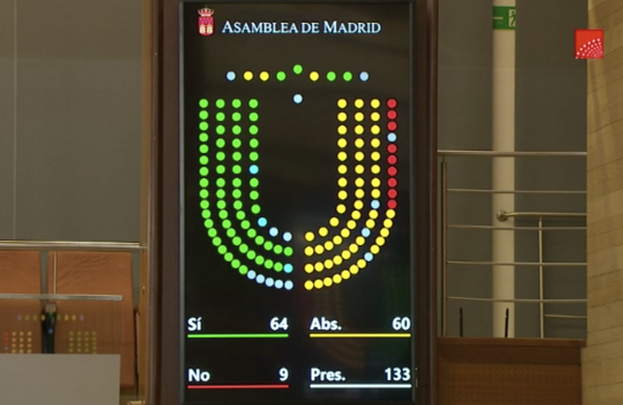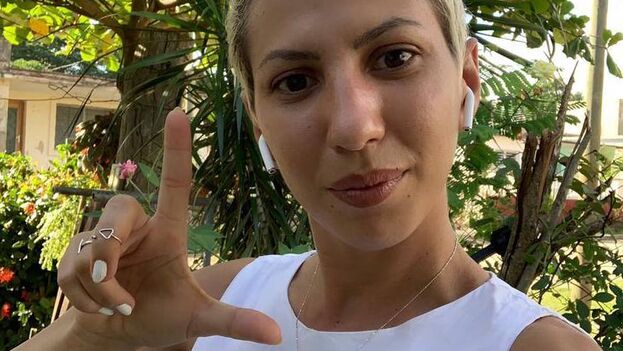The situation has put the Florida politicians in the spotlight, and they have demanded immediate action from Joe Biden in the face of the “hostile act” of the Government of Daniel Ortega, with the assistance of Havana, and the third guest is yet to arrive: Caracas. Conviasa, the Venezuelan state airline, sanctioned by the US since February 2020, planned to resume its flights between Havana and Managua in December, and, although for now it is silent, it is likely to take advantage of the business. continue reading
“This summer I expressed my concern and warned that the Cuban regime would use mass migration as a weapon in the aftermath of the historic July 11 protests. The Ortega-Murillo regime is helping the Cuban dictatorship by eliminating visa requirements to instigate mass migration toward our southern border. The Biden Administration must respond quickly and take this for what it is: a hostile act,” Senator Marco Rubio, of Cuban origin, said Tuesday.
This voice of alarm was joined by Congresswoman Maria Elvira Salazar, who in an interview on Radio Mambí did not want to fail to comment on the question. “This is a new initiative that shows that Daniel [Ortega], very intelligently, is telling Cuba, ‘We are going to create chaos on the border, and I am going to give you the step to do it’.”
Ortega’s decision to open the door to as many Cubans who want to leave the island is understood as a response to the Reinforcing Nicaragua’s Adherence to Conditions for Electoral Reform Act of 2021, known as the RENACER Act, a response to elections considered a ‘pantomime’, which became law earlier this month. The country voted on November 14 in elections in which up to seven opposition candidates had been jailed, including the Nicaraguan president’s biggest rival, Cristiana Chamorro.
With an official participation of 65.34%, which independent calculations lowered to 20%, the presidential couple rose to power for the fourth time in a row, fifth for Daniel Ortega as head of state.
The international community, with the exception of Russia, China, Iran, Cuba and Venezuela, rejected an election classified as fake by the European Union. The White House went even further and said it was “neither free nor fair, and it certainly was not democratic.”
For this reason, just three days later, Congress approved the Renacer Law that allows Biden to impose all kinds of sanctions on the Managua regime, including its exclusion from the Free Trade Agreement. It also involves the incorporation of Nicaragua on the list of countries subject to visa restrictions for corruption and requests intelligence reports on the activities of the Russian Government in the Central American country, including documentation of arms sales.
Biden warned in his first moments of condemning the Nicaraguan elections that he would use “all the diplomatic and economic tools” at his disposal to support the people of Nicaragua “and hold the Ortega-Murillo government and those who facilitate its abuses accountable.” The US already had multiple sanctions previously approved for members of the Nicaraguan government.
Managua’s response comes from the hand of Havana, very upset with the Biden Administration, from which it expected a much kinder treatment in line with the time of the thaw, during which the current US president was vice president.
The protests of July 11 and November 15 have also led the Cuban regime to seek a way out for those who, tired of repression and scarcity, intend to escape to the United States and see the visa exemption as a good opportunity. Getting rid of the critics and more mouths to feed is one reason why Havana can be very grateful to Ortega.
In January 2019, when the Nicaraguan government placed Cuba in migratory category B, which allowed obtaining a consular tourist visa for 30 CUC without waiting for the approval of the General Directorate of Migration in Managua, trips immediately skyrocketed. Until then, generally around 2,000 visas per year were issued to Cubans, except in 2018, when just 701 were issued. A year later, with the new rule, the figure reached 44,829, according to data from the Nicaraguan government itself.
The arrival of the pandemic stopped the entire flow of migrants who, at that time, found in Managua the base from which to leave for the United States. Although these facilities also meant access to a new source of supply for the mules, a good number of travelers they chose the country to start the journey to the southern US border, creating large plugs in northern Mexico.
The route is also particularly dangerous, even when it avoids the Darien jungle. Exposed to corruption and coyotes, migrants are victims of all kinds of robberies, scams, arrests and other dangers, including physical ones. However, the urge to flee has shown power with all kinds of threats.
The ping pong game is also joined by Mexico, a country that has a president, Andrés Manuel López Obrador, who sympathizes with the leaders of Cuba and Nicaragua, but is also the principal affected by the crisis at the borders and is obliged to maintain good relations with the United States, its largest commercial partner and source of work for many Mexicans.
The flow of migrants arriving from Central America ends up falling on the Mexican authorities and will now increase again with the expedited route open to Cubans. Between January and September of this year, and despite the fact that there have still been multiple border restrictions due to the pandemic, Mexico has detected more than 190,000 undocumented immigrants and has deported almost 74,300, according to the Migration Policy Unit of the Ministry of the Interior.
Finally, the contest of Venezuela in the scuffle is expected. Its airline Conviasa is vital for the Havana-Managua connection, its desire to help friendly governments and create problems for its imperial enemy and, incidentally, earn cash with the sale of tickets, will not take long to appear in the equation.
Before the pandemic, the Venezuelan airline had 3 weekly flights to the island. Recently, Conviasa reported, without specifying further details, that it could return to Havana in December and November has already reopened its routes to the Dominican Republic, Bolivia, Russia, Mexico and Panama. The latter can already be reached from Cuba through Copa Airlines. So the connection already exists.
*Translator’s note: ‘Mariel’ refers to the Mariel Boatlift of 1980, when some 120,000 Cubans emigrated.
____________
COLLABORATE WITH OUR WORK: The 14ymedio team is committed to practicing serious journalism that reflects Cuba’s reality in all its depth. Thank you for joining us on this long journey. We invite you to continue supporting us by becoming a member of 14ymedio now. Together we can continue transforming journalism in Cuba.
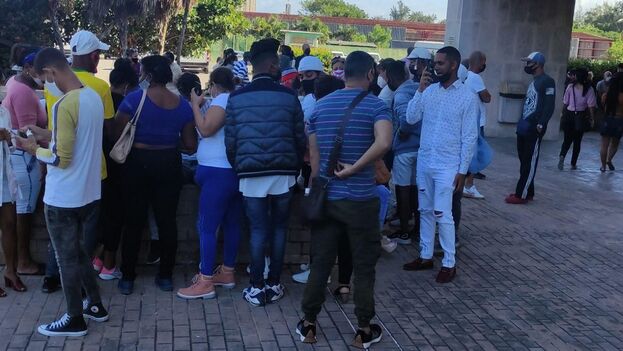
![]() 14ymedio, Yoani Sánchez, Generation Y, 27 November 2021 — One of my first memories dates from 1980, when I was not yet five. In the Havana tenements where I lived the shouts of several neighbors captured my attention and I looked out into the hallway. A large group was shouting insults at a young man who had decided to emigrate through the port of Mariel. Forever engraved in my memory is that explosion of curse words and livid faces.
14ymedio, Yoani Sánchez, Generation Y, 27 November 2021 — One of my first memories dates from 1980, when I was not yet five. In the Havana tenements where I lived the shouts of several neighbors captured my attention and I looked out into the hallway. A large group was shouting insults at a young man who had decided to emigrate through the port of Mariel. Forever engraved in my memory is that explosion of curse words and livid faces.
